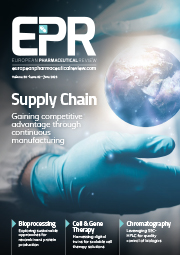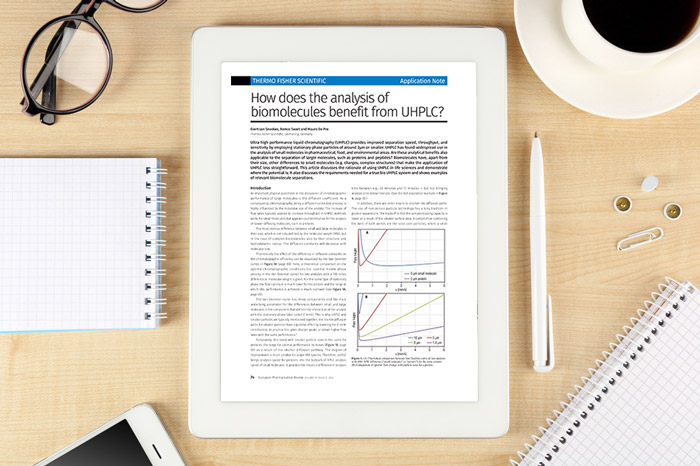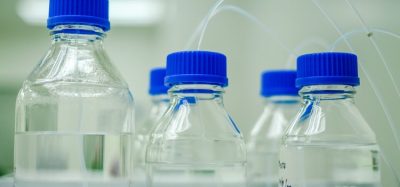App Note: How does the analysis of biomolecules benefit from UHPLC?
Posted: 22 January 2015 | Thermo Fisher Scientific
Ultra high performance liquid chromatography (UHPLC) provides improved separation speed, throughput, and sensitivity by employing stationary phase particles of around 2μm or smaller.
UHPLC has found widespread use in the analysis of small molecules in pharmaceutical, food, and environmental areas. Are these analytical benefits also applicable to the separation of larger molecules, such as proteins and peptides?
Biomolecules have, apart from their size, other differences to small molecules (e.g. charges, complex structures) that make the application of UHPLC less straightforward. This article discusses the rationale of using UHPLC in life sciences and demonstrate where the potential is. It also discusses the requirements needed for a true bio UHPLC system and shows examples of relevant biomolecule separations.
This application note is restricted - login or subscribe free to access


Why subscribe? Join our growing community of thousands of industry professionals and gain access to:
- bi-monthly issues in print and/or digital format
- case studies, whitepapers, webinars and industry-leading content
- breaking news and features
- our extensive online archive of thousands of articles and years of past issues
- ...And it's all free!
Click here to Subscribe today Login here
Related content from this organisation
- Safety reporting in clinical trials: six core considerations for success
- ebook: Twin-screw extrusion for pharmaceutical applications
- Biopharmaceuticals contributing to manufacturing outsourcing trend
- Biologics driving continuous bioprocessing market expansion
- Mycoplasma testing market expected to value nearly $2 million by 2031







